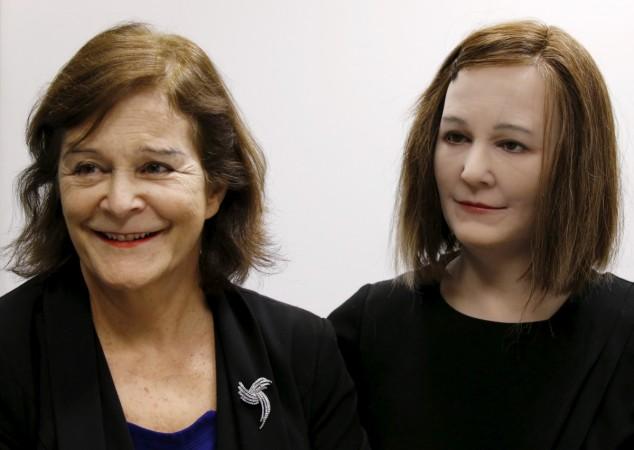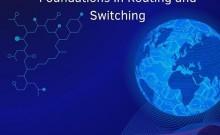
After proving their competence in taking over jobs, robots and computers are now making successful headway towards the creative field. In fact, the technical term 'computational creativity,' used for the creation by AI (artificial intelligence) of something that could be considered art, no longer sounds strange to those associated with the field.
The concept, though it has been around since the late '80s, has started taking long strides now in fields spanning painting, music, poetry and even humour. We bring here a few instances of 'computational creativity' that have made waves of late.
The most recent occasion where an AI was seen taking to the arts was with "Sunspring," an intense thought-provoking film that was written entirely by an AI. The movie was released on ArsTechnica on Thursday, June 9. The sci-fi film, reported to have a B-grade science-fiction-film feel to it, was written by an AI that gave itself the name Benjamin. Benjamin was reportedly fed movie scripts from the '80s and the '90s and made to teach itself how to write by observing patterns.
Earlier this month, Google was at it once again and this time, the company was playing with music. Yet another Google Brain project, Project Magenta used machine learning and four notes to create music. While the song itself seems rather simple, it is, at the end of the day, very much an original piece.
In May, scientists at Google developed an AI that taught itself how to write poetry. The AI, also a part of Google's Brain AI project, was reported to have been fed thousands of works of literature with the hope to get its language skills up to speed. The AI was reported to have already been capable of speaking grammatically and factually.
The AI used deep learning to understand the kind of words that could be appropriately used in a sentence and figured that out based on the words already used. The AI was given an opening and closing sentence and was given the task to come up with the sentences that would transition between the sentences. Being that the AI was schooled in romantic novels, the result was a string of sentences that were not very unlike post-modern poetry with an obvious touch of romanticism.
Back in April, another AI, from the Next Rembrandt Project, cut its teeth analysing all 346 paintings by the Dutch master, Rembrandt, and created a work of art mimicking the painter's style. The AI reportedly decided that the original work of art needed to be a portrait of a Caucasian male between the age of 30 and 40, wearing dark clothing with a hat and a collar. The AI even decided how the subject should pose to match Rembrandt's style.

















